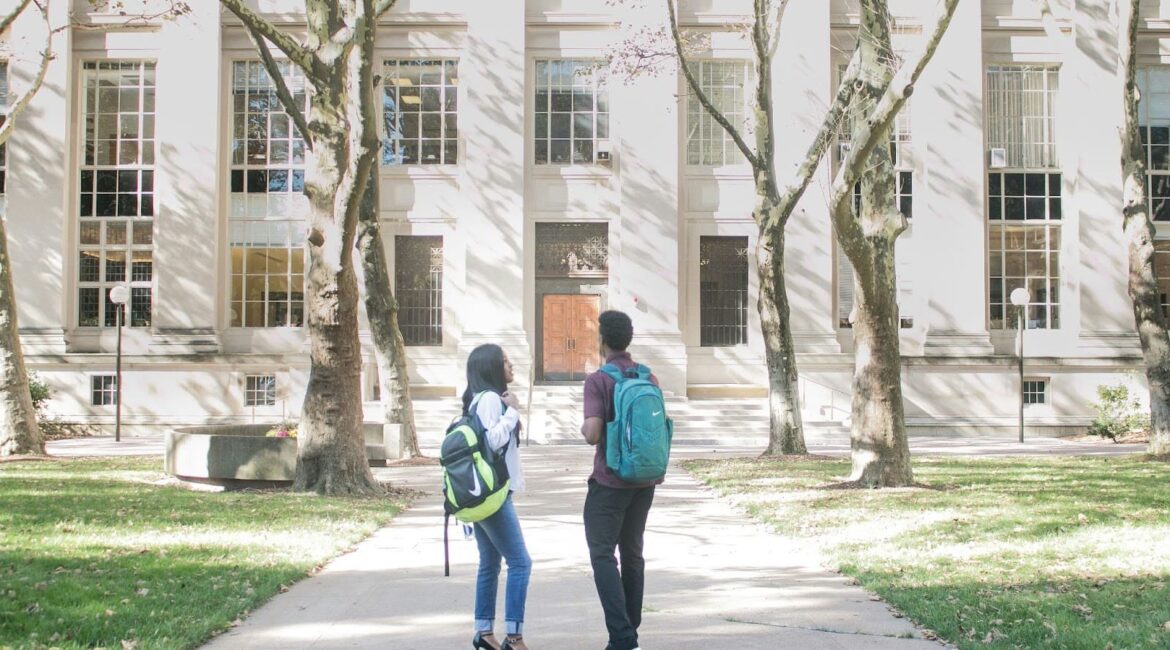Public spaces rely on modern technology to inform, guide, and connect with communities. All around the world, government officials strive to improve communication and overcome digital signage challenges that often stem from outdated infrastructure, budgetary constraints, and complex logistics. Local authorities and institutions look beyond just traditional commercial solutions and have discovered a great source of innovation — the bright minds of students who study in IT educational institutions.
Digital Signage Challenges in Government
There’s much more at play behind these high-resolution screens than meets the eye. In the government domain, digital signage technology has to deal with several challenges, such as grappling with obsolete legacy content systems, streamlining updates across geographically dispersed locations, and ensuring that network security is high enough to prevent vandalism and malicious tampering. Municipalities must also solve the problems with outdated devices and software that usually are not compatible with newer platforms. As a result, often governmental institutions have to use a fragmented system where one department’s signs operate independently of another’s. This creates inconsistent user experiences for both employees and visitors.
Another issue is accessibility, which also factors heavily into the equation. City officials are aware of how important the accessibility of information is. All the displays must provide information in an understandable way to everyone, including people with disabilities. For this purpose, signage solutions must incorporate audible instructions, high-contrast visuals, and easily navigable interfaces. It’s a complex balancing act for organizations, one that requires not just technical expertise but also a strong understanding of what the community needs. Often, even when substantial funds are allocated for the infrastructure update, integrating new technologies with old frameworks can feel like trying to fit a square peg into a round hole.
IT Education and Real-World Problem-Solving
As all these issues accumulate, organizations can find fresh ideas and creative solutions in the academic world. In IT educational institutions, teachers embrace project-based learning techniques to better prepare their students for life after graduation. Previously, classroom exercises were concentrated on hypotheticals and controlled scenarios, but today many professors encourage students to think about real-world applications as part of their coursework. Often, institutions partner with local governments or nonprofit organizations that need unique perspectives from students. Students, in their turn, create truly meaningful projects for these organizations.
This evolution of approaches to studying allows scholars to move beyond just isolated coding exercises and into the realm of real-life applicable public service. When training centers tie curriculum to actual societal challenges, such as designing signage software for public libraries or creating intuitive user interfaces for city halls, learners gain a sense of purpose. They understand the practical meaning of their efforts and how their work can have a direct influence. With the aim to deliver a product that people rely on every day instead of just learning how to code or design digital screens, students improve the life of their own communities.
Student-Led Innovations for Government Digital Signage
The most successful classroom projects are not just theoretical solutions — they go well beyond that and produce tangible results. Let’s take a team of undergraduate IT students sitting in a lab who brainstorm how to improve the digital signage at a nearby train station. The conditions of this task are aggravated by the fact that this station is notorious for confusing arrival-departure boards. To solve this task, students dive into research, interview city officials at the governmental institutions, transportation managers, and everyday commuters to understand the root of the problem. After doing so, they discover that chaos at peak travel times was a result of combined problems such as inconsistent content delivery, slow refresh rates, and absence of bilingual support.
Guided by this understanding, the students create a prototype for a new signage system that can integrate train schedules from multiple data sources, automatically adjust languages based on the time of day, and even instantly deliver emergency alerts. Then, they test their solution in a controlled environment, run usability tests with volunteers, and refine the interface until it’s simple, responsive, and reliable. By the end of the semester, students will not only have a passing grade but also be able to offer their project as an actionable solution for local authorities to pilot in a real station.

Collaborations Between Institutions and Government Agencies
Such success stories are often the result of strategic partnerships between educational institutions and local government agencies. Both parties are interested in this collaboration: IT schools are aware that real-world projects are worth more than any textbook exercise, and government institutions need creative thinking and original insights to solve their problems.
During the collaborative work, government agencies provide data sets, explain problems, and offer mentorship from experienced staff. Professors assist students through the coding process, and teach them how to manage complex requirements, troubleshoot technical issues, and design solutions that comply with strict industry standards and legal regulations. The students, for their part, bring an enthusiastic approach, imagination, and a desire to experiment with new technologies and trends in the IT industry. When all these parties work together, they significantly transform the public landscape.


